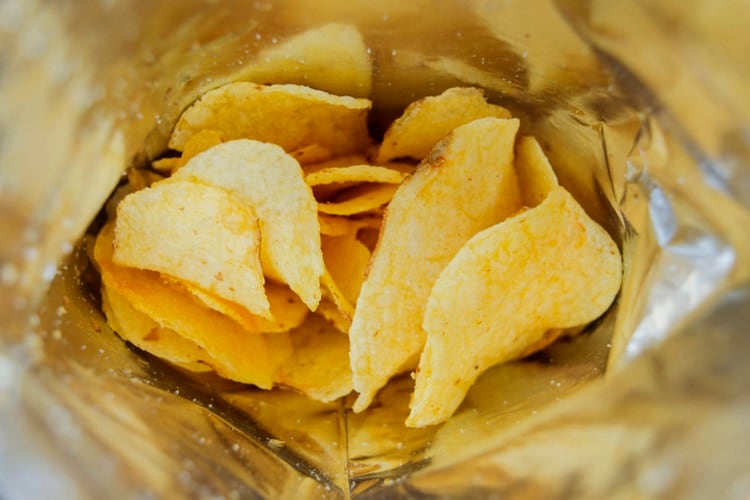What started as a basic salted treat in the early 20th Century has grown into a diverse array of flavors, reflecting global influences, cultural trends and the ever-changing tastes of consumers.
From simply salted to exotic creations like Kimchi, Truffle and even sweet versions - like the first-to-market chocolate-covered chips by Minnesota-based Old Dutch Foods in 1985 - potato chips now offer an array of tastes that cater to adventurous palates. This evolution highlights not only changing consumer preferences but also the endless possibilities for creativity in the snack industry.
From the 19th to early 20th Century
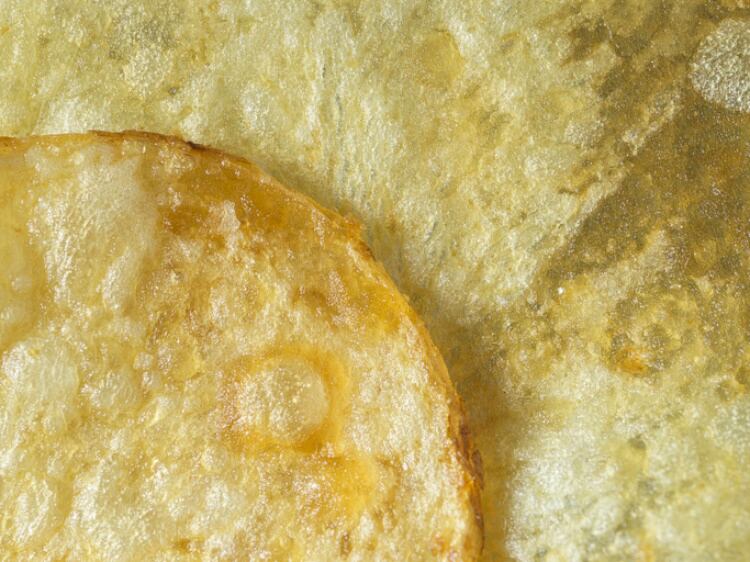
The story of potato chips begins with simplicity. The original potato chips were simply salted, a tradition that has actually dominated the market for decades.
The original potato chips were produced by George Crum, a chef at Moon’s Lake House in Saratoga Springs, New York. While the exact date is debated, the widely accepted story is that Crum created the first potato chips in 1853, in response to a customer’s complaint that his fried potatoes were too thick and soggy. Crum sliced the potatoes extra thin, fried them to a crisp and added salt. ‘Saratoga Chips’ became a popular item.
By the early 20th Century, potato chips were mass-produced and packaged, with companies like Lay’s in the US and Smith’s in the UK playing key roles in the snack’s commercialization.
It wasn’t until the mid-20th Century that flavor innovation began to emerge.
The 1950s
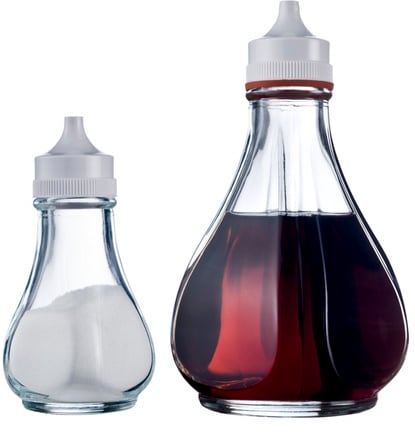
This marked the beginning of the flavored chip revolution, with the UK leading the charge.
In 1954, the Smith’s Company introduced Salt & Vinegar chips, quickly followed by Cheese & Onion, another classic flavor that would become a staple around the globe.
These flavors were among the first to move beyond the basic salt seasoning, offering consumers a new way to enjoy their favorite snack and laying the groundwork for further experimentation.
1960-1970

Lay’s introduced BBQ chips in 1967, which became a significant milestone as one of the first widely popular flavored chips in the US. This was followed by the introduction of Sour Cream & Onion in the 1970s: flavors that became entrenched in the snack aisle, providing consumers with more variety and setting the stage for even bolder flavors.
The 1980s
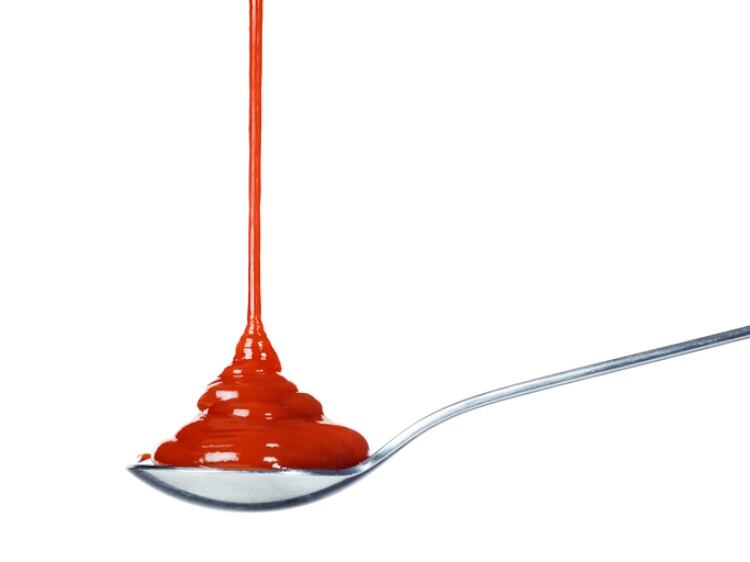
This decade was characterized by a willingness to push the boundaries of what a potato chip could taste like, appealing to a more adventurous consumer base.
With the rising popularity of snacks, companies began experimenting with more intense tastes. Flavors like Nacho Cheese and Ranch – already popular in corn chips – made their way into the potato chip market.
In Canada, Ketchup became a sensation, reflecting regional tastes and the growing trend of sweet and savory combinations.
The 1990s

As globalization increased, so did the influence of international cuisines on potato chip flavors.
In 1992, Chili began to emerge, tapping into the global trend for hotter flavors. Two years later, Dill Pickle chips made their debut in North America, offering a unique and tangy option that has remained popular ever since.
The 2000s
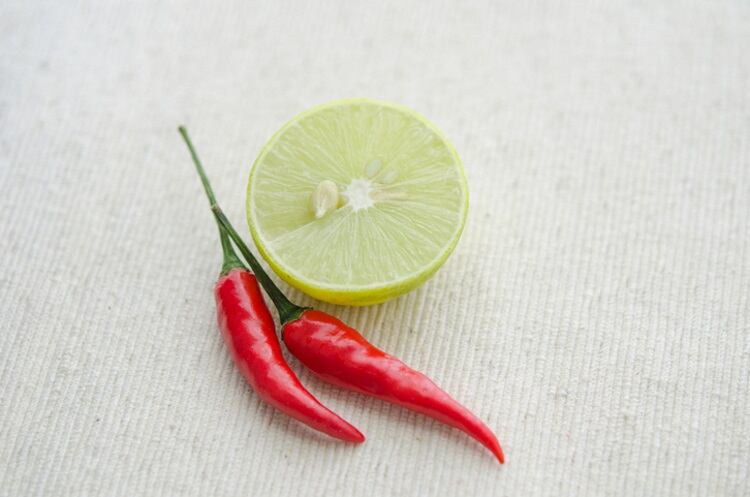
The new millennium brought with it a wave of experimentation and regional influences. In 2003, Lay’s introduced Lime & Chili chips inspired by Latin American cuisine. This period also saw the introduction of Curry, Wasabi, Buffalo Wing, Maple Bacon and Sour Cream & Onion, the latter the most popular flavor that has gained even more popularity in recent times.
These experimental flavors were often targeted at specific markets, catering to regional tastes while also introducing new flavors to broader audiences.
The 2010s
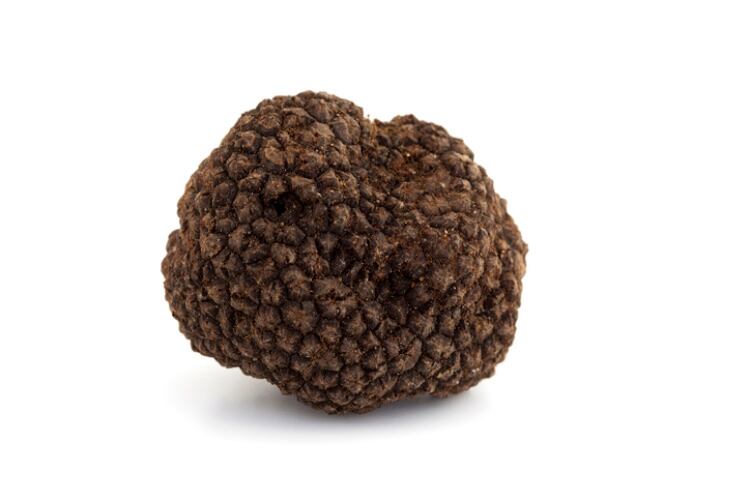
This era was marked by a surge in creativity and consumer-driven innovation.
In 2012, Sriracha capitalized on the hot sauce’s popularity, while Lay’s ‘Do Us a Flavor’ campaign, launched in 2013, took customization to a new level. This initiative resulted in unique creations like Chicken & Waffles and Wasabi Ginger, showcasing the power of crowdsourcing to drive product development.
The decade also saw the rise of premium options like Truffle, appealing to gourmet snackers and reflecting a trend towards more luxurious snacks.
The 2020s
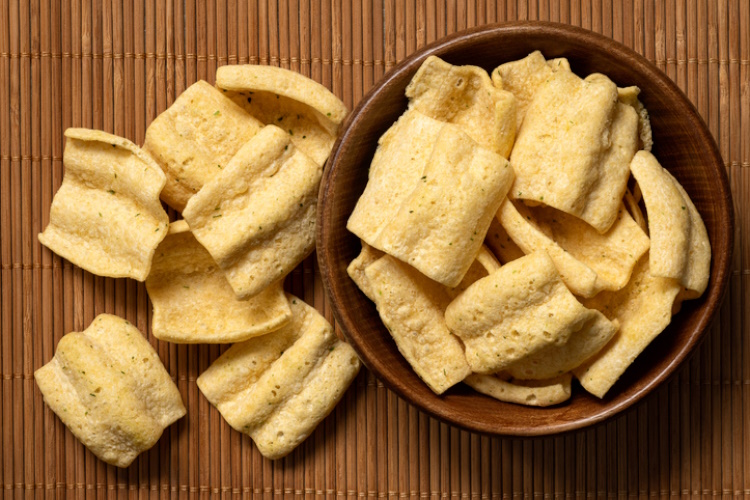
As we move further into the 2020s, health-conscious and fusion flavors have taken centerstage.
Chips made with avo oil and ‘better-for-you’ bases – sweet potatoes, veggie blends, lentils, whole grains, among others – along with reduced sodium levels, baked instead of fried, natural flavors and organic ingredients free of pesticides and synthetic additives – are rapidly becoming a consumer first.
Flavors inspired by global cuisine – such as Szechuan cuisine; Indian tandoori dishes, Japanese-inspired miso; or African peri-peri pepper, popularized in Portuguese and South African cuisine – are catering to adventurous eaters. This decade is characterized by a blending of health and indulgence, with consumers seeking out snacks that are both flavorful and aligned with their dietary preferences.
Turning up the heat
The trend towards extra hot flavors is being driven by adventurous eaters, the global influence of spicy cuisines and viral social media challenges.
Consumers – especially the younger set – are actively seeking out bold, intense flavors that test their heat tolerance. Leading the charge are brands like Pacqui, famous for its One Chip Challenge with the Carolina Reaper, and Doritos with its Flamin' Hot line. Lay’s offers spicy flavors like Flamin' Hot Dill Pickle, while Takis combines heat with tangy elements in varieties like Fuego.
One of the most unusual potato chip flavors on the market is Crispy Brussels Sprouts, produced by Pringles. The flavor captures the essence of Brussels sprouts, offering a distinct and unconventional snacking experience for those who enjoy bold and unexpected tastes.
As the demand for fiery snacks rises, expect more brands to introduce SKUs that bring the burn.
In recent years, sweet flavors have also found their way into the world of potato chips. These surprising flavors bank on the blend of the crispy texture with hints of sweetness to create a memorable snacking experience.
Popular sweet varieties include Maple Bacon, combining smoky bacon with a touch of maple syrup; and Cinnamon Sugar, reminiscent of warm, sugary pastries. Other intriguing options like Sweet Chili provide a balance of spicy and sweet, while Honey BBQ infuses a smoky BBQ with a subtle honeyed sweetness.
This trend reflects a growing appetite for diverse and adventurous flavor profiles, showing that potato chips are no longer confined to savory tastes. Several producers have been at the forefront of these flavor innovations, constantly pushing the boundaries of what a potato chip can be. Walkers, a leading brand in the UK, recently added Smokin’ BBQ Sauce to its core range, responding to popular demand and expanding its lineup of classic flavors like Cheese & Onion and Salt & Vinegar.
In Japan, Calbee has introduced a Norishio flavor for its thick-cut potato chips, which combines seaweed with a hint of chili pepper and black pepper. This flavor exemplifies the Japanese approach to snack innovation, where classic flavors are often enhanced with unexpected ingredients to create a unique taste experience.
In the US, Lay’s continues to lead the way with its Do Us a Flavor campaign, which has produced some of the most unusual chip flavors in recent years. From Bacon Mac & Cheese to Cappuccino, Lay’s has shown that there are virtually no limits to what can be turned into a chip flavor.
Flavors of the future

The evolution of potato chip flavors reflects broader trends in consumer tastes, cultural influences and food innovation.
As global cuisine continues to influence food trends and consumers become more health-conscious, we can expect to see even more exciting and unusual flavors in the future. Producers like Walkers, Calbee, Lay’s and so many others will undoubtedly continue to lead the way, offering new and creative options that cater to the ever-changing preferences of snack lovers around the world.
Will Calbee's ‘wet chips’ become the next big thing?
The Japanese trendsetter is changing the snacking game entirely by taking the crunch out of their potato chips.


